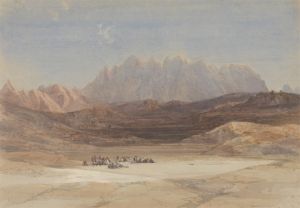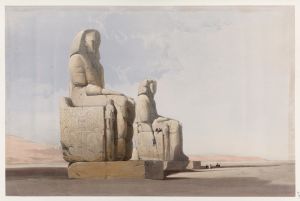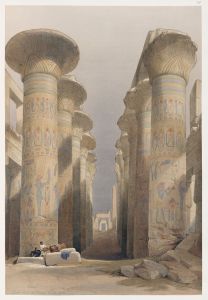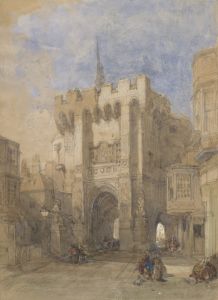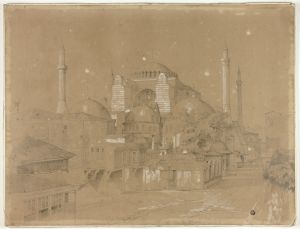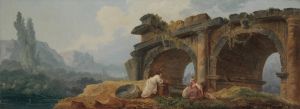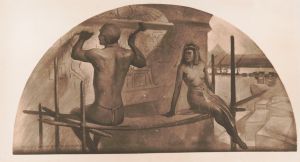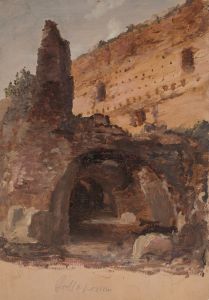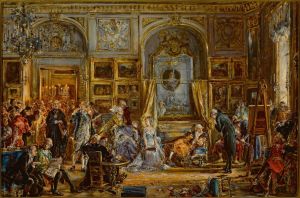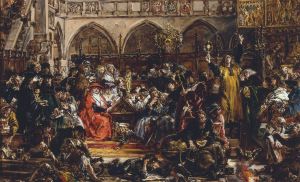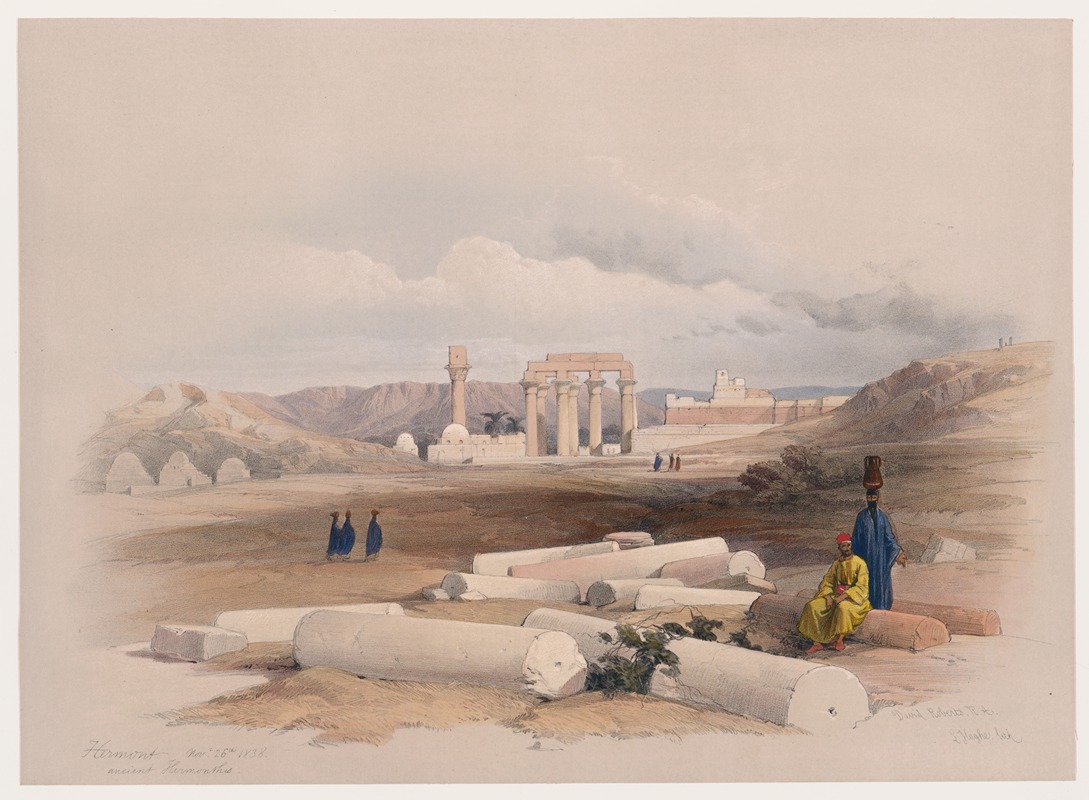
Hermont [Armant], ancient Hirmonthis. Nov. 26th, 1838.
A hand-painted replica of David Roberts’s masterpiece Hermont [Armant], ancient Hirmonthis. Nov. 26th, 1838., meticulously crafted by professional artists to capture the true essence of the original. Each piece is created with museum-quality canvas and rare mineral pigments, carefully painted by experienced artists with delicate brushstrokes and rich, layered colors to perfectly recreate the texture of the original artwork. Unlike machine-printed reproductions, this hand-painted version brings the painting to life, infused with the artist’s emotions and skill in every stroke. Whether for personal collection or home decoration, it instantly elevates the artistic atmosphere of any space.
David Roberts' painting "Hermont [Armant], ancient Hirmonthis. Nov. 26th, 1838" is a notable work from the 19th century that captures the essence of the ancient Egyptian site of Hermonthis, known today as Armant. David Roberts, a Scottish painter born in 1796, is renowned for his detailed and picturesque depictions of architectural and historical sites, particularly those in the Middle East and North Africa. His works are celebrated for their accuracy and artistic quality, providing a valuable visual record of many locations during the 19th century.
Hermonthis, or ancient Hirmonthis, is an archaeological site located near Luxor in modern-day Egypt. It was an important religious and cultural center in ancient Egypt, dedicated primarily to the worship of the war god Montu. The site is known for its temple complex, which was constructed and expanded over several dynasties, reflecting the architectural styles and religious practices of the time.
Roberts visited Egypt as part of his extensive travels throughout the Middle East from 1838 to 1839. During this journey, he produced numerous sketches and studies that would later be transformed into lithographs and paintings. These works were published in a series titled "The Holy Land, Syria, Idumea, Arabia, Egypt, and Nubia," which gained widespread acclaim for their artistic merit and documentary value.
The painting "Hermont [Armant], ancient Hirmonthis. Nov. 26th, 1838" is part of this collection. Roberts' depiction of Hermonthis captures the grandeur and mystique of the ancient site, showcasing the ruins and the surrounding landscape. His attention to detail and use of light and shadow bring the scene to life, offering viewers a glimpse into the past.
Roberts' work is characterized by its meticulous attention to architectural detail and its ability to convey the atmosphere of the locations he visited. His paintings are not only artistic achievements but also serve as historical documents that provide insight into the appearance and condition of these sites in the 19th century. The accuracy of his depictions was aided by his practice of working on location, where he could observe and sketch the scenes directly.
The significance of Roberts' painting lies in its role as a visual record of Hermonthis at a time when photography was not yet widely available. His works have been used by historians and archaeologists to understand the historical context and architectural features of the sites he depicted. The painting of Hermonthis, like many of Roberts' works, is valued for its contribution to the documentation and appreciation of ancient cultures.
Today, David Roberts' paintings, including "Hermont [Armant], ancient Hirmonthis. Nov. 26th, 1838," are held in high regard by art historians and collectors. They continue to be exhibited in museums and galleries around the world, where they are appreciated for their artistic quality and historical significance. Roberts' legacy as a painter is marked by his ability to capture the essence of the places he visited, preserving them for future generations to study and admire.





